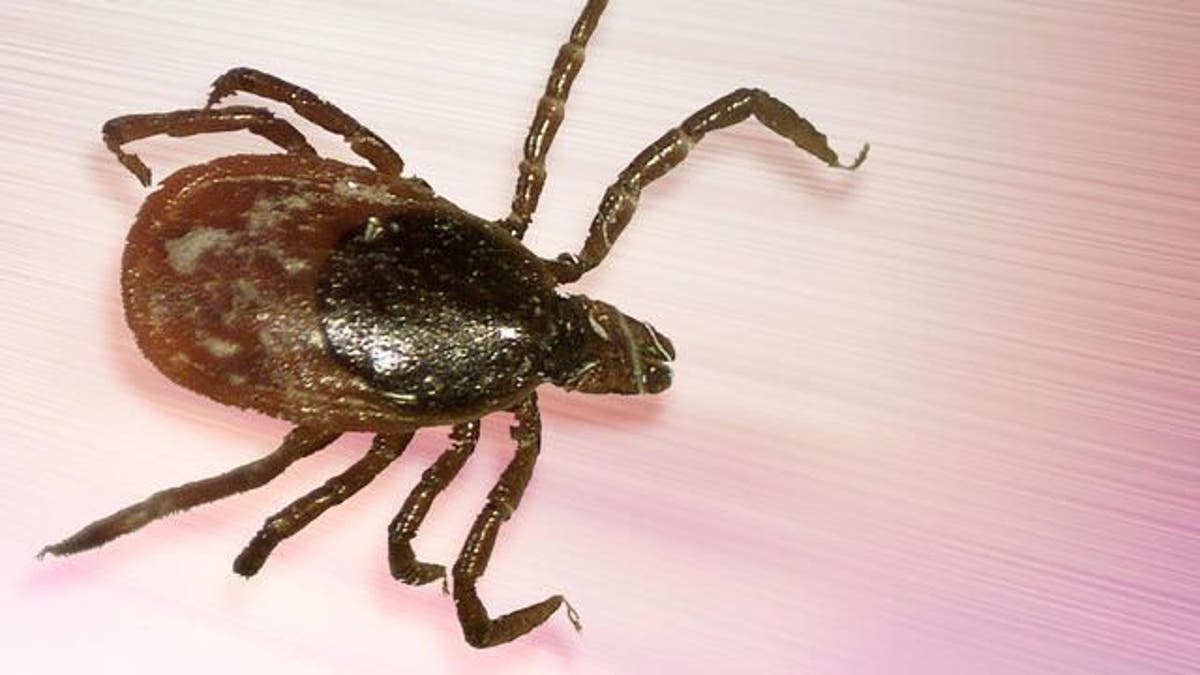
Ticks that can spread Lyme disease now live in almost half of U.S. counties, according to a new study from the Centers for Disease Control and Prevention.
Varieties of the blacklegged tick that may carry bacteria responsible for Lyme disease are present in 45 percent of counties nationwide, compared with just 30 percent in 1998, researchers found.
"It's important for people to be aware that there may be ticks in areas where they haven't seen them previously so that they can take steps to help protect themselves and their families," lead study author Rebecca Eisen, a research biologist at the CDC, said by email.
Since the late 1990s, the number of reported Lyme disease cases in the U.S. has more than tripled, Eisen and colleagues report in the Journal of Medical Entomology.
Lyme disease is a bacterial infection spread by the blacklegged tick, Ixodes scapularis, also known as deer ticks, and the western blacklegged tick, Ixodes pacificus. These ticks are typically found in wooded and grassy areas.
Bacteria called Borrelia burgdorferi cause Lyme disease. Common symptoms can include fever, headache, and fatigue, all of which can be easily confused with the flu. Some patients, but not all, develop a characteristic "bull's eye" rash soon after the tick bite.
If caught early, Lyme disease can be treated with antibiotics. But untreated Lyme disease can lead to lasting cognitive problems, joint and muscle pain and mood disorders.
To assess changes in the tick population, researchers analyzed data reported by counties using the same surveillance methods from 1998.
They found deer ticks in 1,420 out of 3,110 counties in the continental U.S., or about 46 percent of counties, and found western blacklegged ticks in 111 counties, or about 4 percent. Combined, this is a 45 percent increase from 1998 when ticks were reported in 1,058 counties.
Deer ticks are now established in 842 counties across 35 states, compared with 396 counties in 32 states in 1998. These ticks used to be concentrated in northeastern states but have move west and south.
Western blacklegged ticks are now established in 95 counties across six states, up from 90 counties in 1998. These ticks remain concentrated in Pacific coast states.
Outside of the U.S., ticks carry the disease in forested areas of Asia, northwestern, central and eastern Europe, according to the World Health Organization.
Even though the tick population is spreading, the risk of catching Lyme disease isn't the same everywhere the ticks live, because the number of ticks infected with Lyme bacteria varies, as do the odds that infected ticks may bite people, Eisen noted.
To minimize the risk of catching Lyme disease from ticks, people can spray skin and clothing with insect repellants such as DEET or lemon permethrin, said Dr. Keith Berndtson of the Center for Research on Biotoxin Associated Illness in Pocomoke, Maryland. Long sleeves and pants legs tucked into socks can also keep ticks away, and light-colored fabrics can make the ticks easier to spot.
After a day outdoors, tossing all clothes in the dryer for about 20 minutes can kill most ticks. People should also have a friend or family member check their body for ticks, and check any pets. Saving ticks for testing can also help assess whether the bugs carried bacteria that can lead to Lyme disease, Berndtson, who wasn't involve in the study, added by email.
Environmental and climate changes may be helping ticks to expand their territory in the U.S., noted Dr. Bobbi Pritt, director of clinical parasitology at the Mayo Clinic in Rochester, Minnesota.
"Warmer temperatures, increases in rainfall, and milder winters can favor tick survival," Pritt, who wasn't involved in the study, said by email. "These factors can also favor survival and expansion of the mammals and birds that the ticks feed on."
